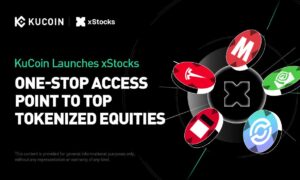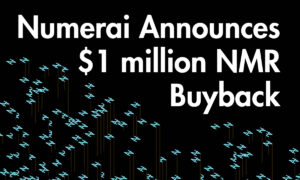If you are after the ease of stock trading with the diversification benefits of mutual funds, just wait until you hear about ETFs! ETFs (exchange-traded funds) combine the best features of each of those and more. An ETF is an investment fund that basically trades on an exchange, such as a stock.
They are quite similar to mutual funds, however, throughout the trading day, ETFs can be bought and sold whereas mutual funds only trade at market close. Mutual funds are great because of their diversification benefits, and stock trading is great because of the ease of us. However, you can now enjoy the best of both worlds because you are about to learn all about ETFs which combine both of those things and more.
As with all financial products, ETFs don’t provide a one-size-fits-all situation. You need to thoroughly understand how easily you can buy and sell them, what commission fees you can expect, management costs, and their investment quality. When it comes to investing, M1 Finance is a great place to start whether you’re after EFTs or stocks.
What is an ETF?
Mainly known as its acronym ‘ETF’, an exchange-traded fund is a type of fund that can be easily traded on an exchange, much like a stock. Without having to purchase all the components individually, ETFs provide you with a simple and stress-free way to buy and sell a basket of assets. ETFs strive to closely track and monitor the performance of an asset class or a given index.
They then provide you with the return of your asset class or index, including any fees. Little do people know, there are several different types of ETFs. These include:
- Alternative investment ETFs
- Foreign Market ETFs
- Style ETFs
- Exchange-traded notes (ETNs)
- Market ETFs
- Commodity ETFs
- Bond ETFs
- Inverse ETFs
- Actively managed ETFs
- Sector industry ETFs
How ETFs work
When the stock exchanges are open during the day, that is when ETFs are bought and sold much like a company stock. An ETF providers main job is to be able to consider the universe of assets. These assets include currencies, stocks, bonds, and commodities. They are then compiled into a basket and given a unique ticker.
Just like you buy shares in a company, investors are able to purchase a share of that basket which has been compiled with assets. Then, much like a stock, you are able to trade ETFs throughout the day on an exchange.
Pros of ETFs
As with anything, ETFs come along with some pretty great pros, after all, they are a great form of investing. Here are some of the amazing pros of ETF’s:
- Great tax benefits– When you invest with mutual funds, taxes occur throughout your whole investment, however, with ETFs, you are only usually taxed upon selling your investment.
- Diversity– With ETFs, you are provided with opportunities that allow you to diversify across horizontals. This includes industries. Buying all the components of a particular basket would take a whole lot of money, effort, and time. Luckily, with only the click of a button, an ETF will deliver those great benefits to your portfolio.
- Complete transparency– As long as you have internet access, you will be able to view the price activity for any ETF on an exchange. A funds holding are common knowledge and disclosed to the public every day. However, with mutual funds, that only happens monthly or quarterly.
Cons of ETFs
The pros of ETFs are great, however, there are also some cons that should be considered as well. Here are the cons of ETFs:
- Risk of ETF closure- If a fund hasn’t brought in enough assets to cover important administrative costs, the ETF may be at risk of closure. That is the primary reason that a fund will see closure. This is when severe inconvenience can occur because of the fact that investors will have to sell far sooner than intended. This means they are also at risk of running at a loss.
- Trading costs- Plenty of brokers have decided to drop their commissions drastically, some even to zero, but that doesn’t mean all of them have. ETF costs may not always end with the expense ratio and they may also be subject to commission fees from online brokers.
- Buyers for the ETF- ETFs that aren’t traded as frequently can be a whole lot harder to unload than usual and as with any security, when it comes time to sell, you will be at the whim of the current market prices.
ETFs are becoming increasingly popular and in no time, they have made their way up in the investing world. If you’re after a way to invest your spare change in ETFs, Acorns is a great app that can help you. They understand that it isn’t easy to start investing, but with this great app, it will be far easier than before.



































